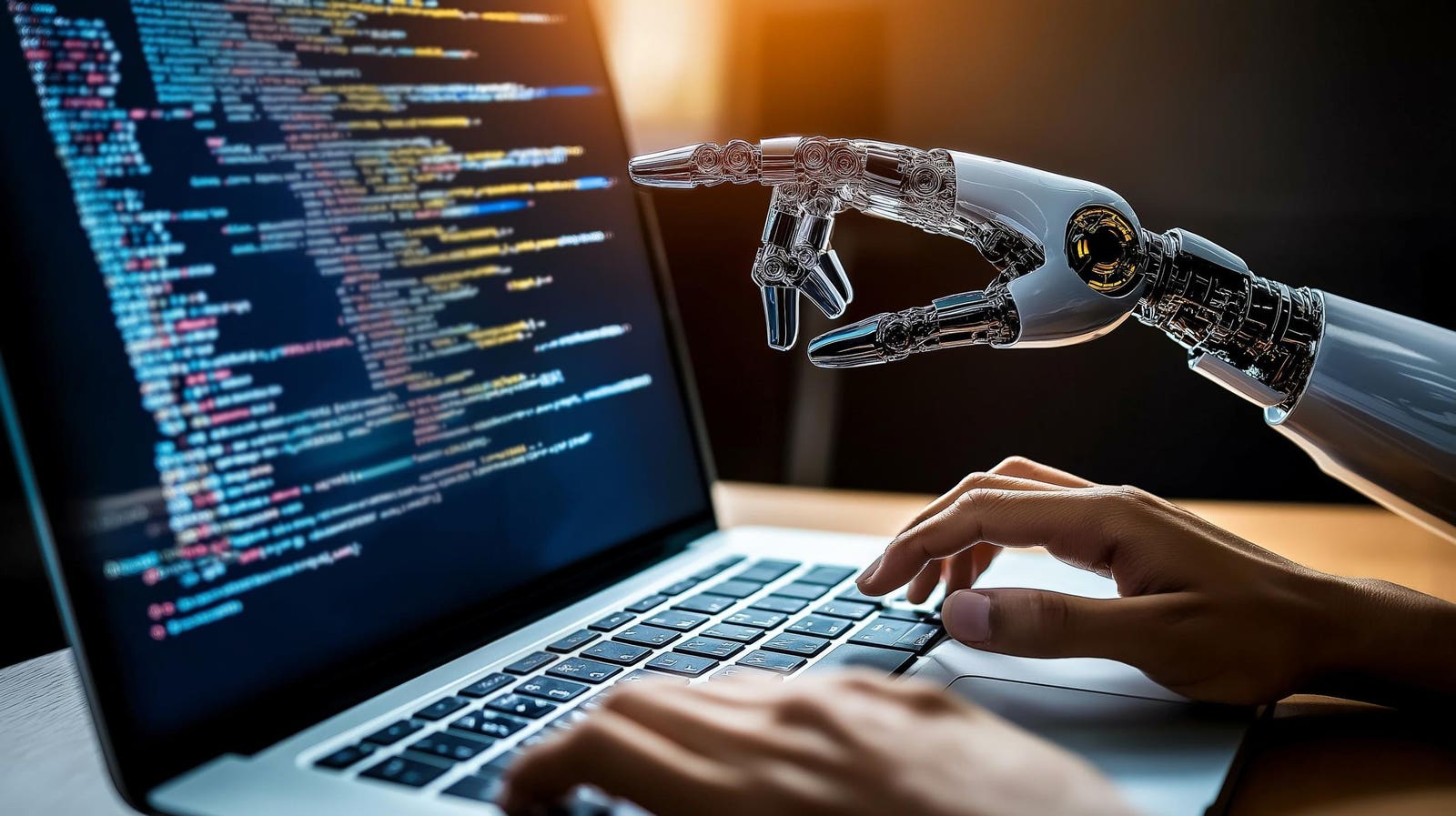At Fal.Con 2025, CrowdStrike introduced its Agentic Security Platform, signaling a shift from reactive defenses to proactive, AI-driven security powered by autonomous agents, unified data and strategic partnerships.
getty
Cybersecurity has reached a breaking point. The traditional approach of piling on more tools and reacting to endless alerts is no longer sustainable. Attackers are moving faster, leveraging AI to scale their efforts, and defenders are stretched to the limit. What organizations need isn’t just more visibility or quicker response—it’s a fundamental shift in how security operates.
At Fal.Con 2025, CrowdStrike argued that the answer lies in the rise of agentic AI. The company unveiled the first Agentic Security Platform, a major upgrade to its Falcon platform that combines an AI-ready data layer, mission-ready agents and secure orchestration designed to enhance speed and scale for security operations.
Why Agentic AI Matters Now
Enterprises are racing to infuse AI into every corner of their business, from customer service chatbots to predictive analytics. With that comes a new category of risk.
AI models, agents and workflows introduce vulnerabilities that traditional defenses weren’t built to handle. Data integrity, model poisoning, identity misuse and agent tampering are no longer theoretical—they are live concerns that demand a different approach.
George Kurtz, co-founder and CEO of CrowdStrike, underscored the urgency in the opening keynote for Fal.Con 2025 this morning. “The age of AI is here. It’s hard to debate that. But what does it really mean from a security perspective? It’s certainly transforming cybersecurity, but it’s transforming the adversary as well—the speed, the scale, the sophistication, the deception, the adaptation,” he told the audience.
Kurtz described recent examples where malware leveraged large language models to generate reconnaissance scripts tailored to each compromised system. The takeaway was clear: generative AI has empowered attackers just as much as defenders. “The legacy SOC as we know it can’t compete. It turns into a modern-day firefighter,” he warned.
Extending Protection Across Enterprise AI
To meet that challenge, CrowdStrike announced its intent to acquire Pangea, an AI security company focused on protecting every layer of enterprise AI. The move extends the Falcon platform to deliver what the company calls AI Detection and Response. The idea is to secure not just endpoints and networks, but also the data that trains models, the models themselves, the agents that execute tasks and the interactions between them.
That breadth matters. In the same way endpoint detection and response became a must-have in the last decade, AIDR could become the new baseline as organizations operationalize AI. By embedding protection from development to deployment, CrowdStrike is betting it can prevent attacks before they ever reach production environments or workforce applications.
Data as the Foundation
Underlying all of these moves is the simple fact that AI is only as effective as the data it can access and the guardrails applied to that data. Kurtz highlighted the need to rethink pipelines and workflows to power what he called the agentic SOC. “The new model is something where we have to reimagine what the SOC is going to be, and we have to be part of the process of reimagining, and we need to rebuild it to operate at the speed of AI,” he said.
Analysts agree. Scott Crawford, research director for information security at 451 Research, part of S&P Global Market Intelligence, noted that many organizations still struggle with the basics of making data usable for AI. “For now, it’s clear that many wrestle enough with simply making information available to AI in order to make AI productive. Hence a good deal of the momentum around data pipeline and data management for AI, as well as initiatives to apply policy-based control, security and access to those resources through initiatives such as MCP,” he explained.
His perspective highlights why CrowdStrike has invested heavily in unifying telemetry, threat intelligence and governance under Falcon. It’s not just about building smarter agents—it’s about ensuring those agents can act on reliable, well-managed information without creating new risks.
A Workforce of Agents
Another highlight from the event is what CrowdStrike calls the Agentic Security Workforce. This includes a fleet of prebuilt agents capable of handling common security tasks and a no-code platform for building custom ones. The concept is to empower every security team—not just elite developers—to create, deploy and manage AI agents.
This democratization of AI in security has two implications. First, it helps alleviate some stress by letting analysts offload routine work. Second, it accelerates innovation by allowing organizations to tailor agents to their unique risks and workflows.
Kurtz emphasized this point by noting that AI agents must be treated much like humans in a workforce. “AI agents, to me, actually look a lot like a human. They have an identity, they have a workflow, they have access to resources, they have access to data. And in fact, some companies have actually given AI agents an employee number,” he said.
Building the Ecosystem: NVIDIA and Salesforce
The vision extends beyond Falcon itself. CrowdStrike announced a new integration with NVIDIA, aligning its Charlotte AI AgentWorks with NVIDIA Nemotron models and the NeMo Agent Toolkit. This partnership ensures that enterprises can build, deploy and scale agentic AI while maintaining security guardrails.
On the business side, CrowdStrike is working with Salesforce to embed Falcon Shield into Salesforce Security Center and bring its Charlotte AI capabilities into Agentforce and Slack. The integration reflects a growing recognition that business and security can no longer operate in separate silos. As enterprises adopt AI-driven workflows, embedding protection directly into the platforms employees already use creates both trust and resilience.
Building Toward Resilience
What stands out in these announcements is the focus on unifying data, intelligence, governance and agents into a single operational framework. For years, defenders have been buried in alerts and forced to stitch together visibility across disparate systems. The agentic approach promises something different: proactive defense powered by autonomous agents that act on high-quality, unified data.
If successful, this shift could mark the end of alert fatigue and the beginning of a more resilient era—one where enterprises anticipate and disrupt attacks before they escalate.
The Bigger Picture
The cybersecurity landscape has always evolved in waves. The rise of antivirus software, the emergence of firewalls, the pivot to EDR and XDR—all were responses to new categories of threats. The agentic era may prove to be the next major inflection point.
As Kurtz put it, security has always paralleled the innovation curve. Every technological leap—from the steam engine to the internet—only became mainstream once security caught up. Now, with AI shaping the fourth industrial revolution, agentic security may be the key to ensuring that businesses can innovate with confidence.
By operationalizing AI securely and at scale, CrowdStrike is positioning itself to define that chapter. The challenge now is execution—building trust in autonomous agents, ensuring they remain under human oversight, and proving that agentic security delivers real-world outcomes.
Still, the direction is clear. Reactive defenses are no longer enough. The future belongs to proactive, intelligent and autonomous systems. And if Fal.Con 2025 is any indication, the era of agentic security has officially begun.









